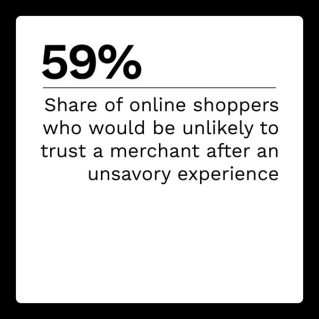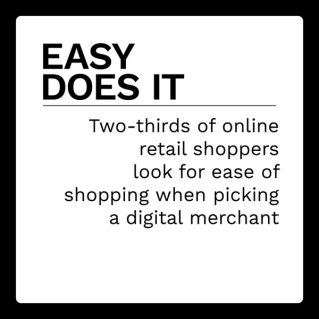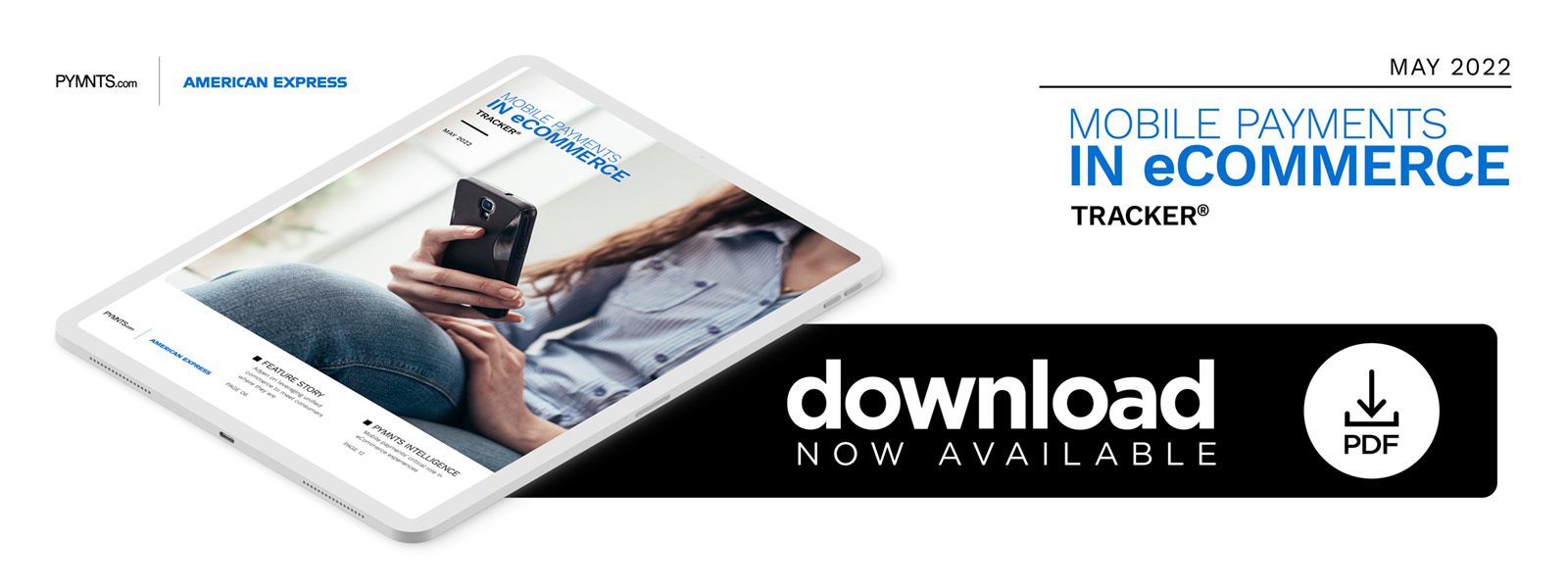Merchants Forced to Adapt as eCommerce Moves to Mobile

Consumers are spending more time shopping on digital devices — none more than the ubiquitous mobile device, leading to the coinage of a new term: mCommerce. With buying power in their hands, consumers are looking for the best shopping experiences they can find and are willing to navigate away from all but the most seamless and secure.
Mobile shoppers demand the ability to make safe and quick payments both online and in-store and, in many cases, a combination of both. Retailers have a major opportunity to convert shoppers through engaging mobile apps that can personalize experiences, and they must do all they can to bring their stores to consumers’ fingertips.
In the May edition of the Mobile Payments In eCommerce Tracker®, PYMNTS explores how and why consumers are increasingly shopping through mobile channels, as well as how retailers can enhance the mobile shopping experience to attract and retain customers.
Around the Mobile Payments in eCommerce Space
U.S. consumers have grown accustomed to the digital shopping habits developed during the pandemic, but as shoppers have returned to stores, they are more likely to want to continue using mobile shopping options, according to a new PYMNTS study. More than 5 million U.S. consumers said they “sometimes,” “often” or “always” buy extra items when they pick up their online orders in-store, giving those stores an opportunity for added revenue.
Meanwhile, the days of online shopping via home computer are waning as consumers do more shopping through mobile devices, according to a recent report that gave nod to the term “mCommerce.” The report noted that retail sales topped $359 billion in 2021, up 15% from the previous year, and current projections estimate they will reach more than $728 billion in 2025, representing more than 44% of the total U.S. digital retail sales.
For more on these stories, visit the Tracker’s News and Trends section.
Adyen on Harnessing Mobile Commerce for Improved Customer Loyalty
While many retailers have pivoted their sales platforms to meet the consumer demand for mobile commerce, there is still much work to do in their digital transformation to not only attract customers but also close the sale and convert them into repeat customers. Consumers today shop using various platforms, and retailers need to start meeting them in the multiple channels where they want to be. It starts with investments in robust technology that gives retailers a clear view of information that can individualize shopping experiences and cut down on payment frictions.
In this month’s Feature Story, Rehman Baig, vice president of product data and partnerships for Adyen, a global eCommerce payments platform, talks about how retailers must embrace the new normal of mobile commerce and work to make it easier for customers to shop and pay from their mobile devices.
PYMNTS Intelligence: Mobile Payments’ Critical Role in Unified, Seamless eCommerce
Online and mobile shopping trends have ensconced themselves as the preferred method for many consumers who either have grown accustomed to digital shopping or prefer the hybrid of purchasing orders online and picking them up curbside. Consumers enjoy the convenience of shopping on their mobile devices, with more than 75% doing so to save time, according to one report.  Retailers, however, may not be keeping their end of the bargain, as their mobile shopping apps need some improvement. Up to 90% of mobile shoppers report experiencing problems such as links and pages too small to click on when using their devices.
Retailers, however, may not be keeping their end of the bargain, as their mobile shopping apps need some improvement. Up to 90% of mobile shoppers report experiencing problems such as links and pages too small to click on when using their devices.
To tap into this market and convert these shoppers into customers, retailers must work to optimize their apps to make it as easy as possible for mobile consumers to find and pay for purchases quickly and seamlessly. This month, PYMNTS Intelligence takes a close look at the importance of a unified, seamless eCommerce experience and how mobile payments form a crucial part of that experience.
About the Tracker
The Mobile Payments In eCommerce Tracker®, a PYMNTS and American Express collaboration, examines how and why consumers are increasingly shopping through mobile channels. It also explores how retailers can enhance the mobile shopping experience to attract and retain customers.

